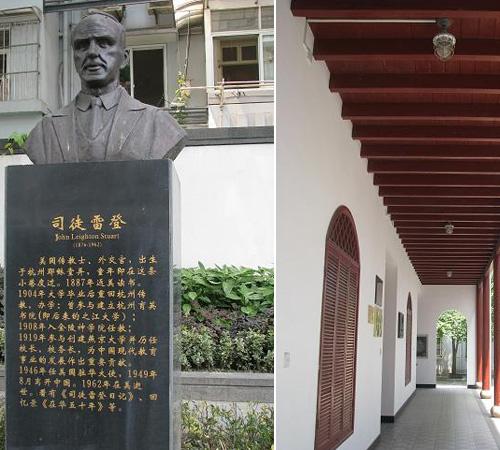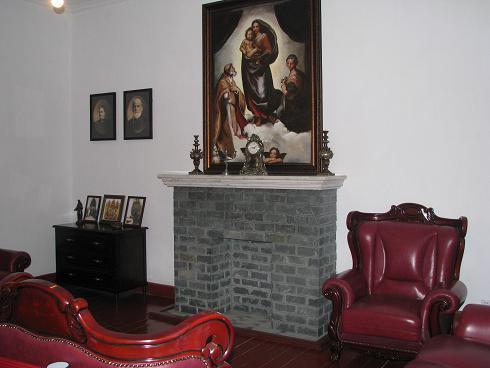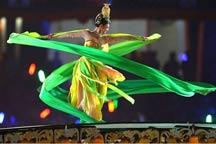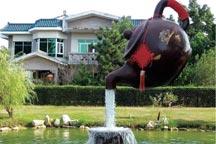John Leighton Stuart (1876-1962), American presbytery missionary and diplomat. Born of missionary parents in Hangzhou; served as President of Yenching University (precursor of Peking University) since 1919, making outstanding contribution to China's modern education; was appointed the U.S. Ambassador to China in 1946. And left for American in August 1949.
He became well known among Chinese because of the article “Farewell, Leighton Stuart!” written by Mao Tse-tung in 1949.
The residence was built by John’s father in 1878, situated at 1-3 Christian Church Lane, Tianshui Bridge in the city of Hangzhou, covering a land of 4,138 square meters, including a church, a school, and residential quarters for missionaries. The only building survived is a 2-storey house in Chinese-western style with few later-added pantry rooms. Little John lived for over 10 years in this house before he went to the U.S. state of Virginia at the age of eleven, so he could speak a native tongue of the Hangzhou dialect. Now it’s open to the public, exhibits his biographical records, shows how he lived here.
 |
| The residence was built by John’s father in 1878, situated at 1-3 Christian Church Lane, Tianshui Bridge in the city of Hangzhou, covering a land of 4,138 square meters, including a church, a school, and residential quarters for missionaries. |
 |
| The residence was built by John’s father in 1878, situated at 1-3 Christian Church Lane, Tianshui Bridge in the city of Hangzhou, covering a land of 4,138 square meters, including a church, a school, and residential quarters for missionaries. |
 |
| The residence was built by John’s father in 1878, situated at 1-3 Christian Church Lane, Tianshui Bridge in the city of Hangzhou, covering a land of 4,138 square meters, including a church, a school, and residential quarters for missionaries. |




















